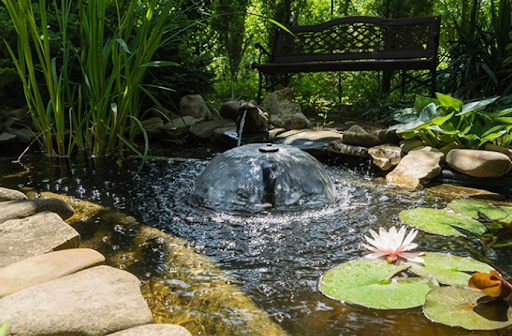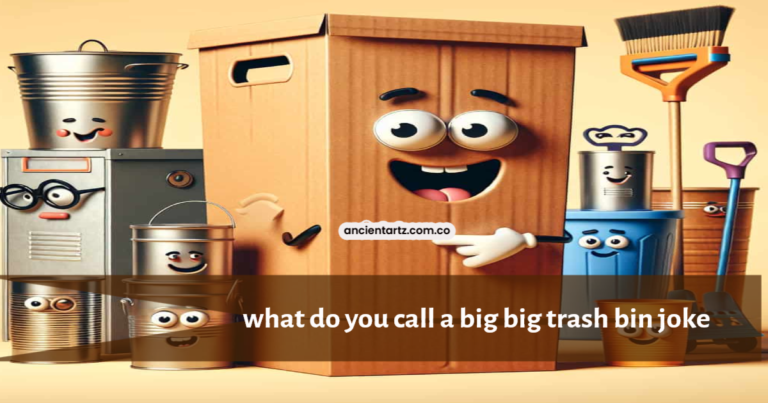The Importance of Aeration in Koi Pond Building for a Healthy Ecosystem
Koi pond building is an exciting and rewarding project, but it requires careful planning to ensure a thriving, balanced ecosystem. One of the most important components for a successful koi pond is aeration. Aeration keeps the water oxygenated, supports the health of fish and plants, and promotes a healthy, stable environment. In this article, we’ll explore the key role aeration plays in maintaining a koi pond and why it’s essential for pond health.
What is Aeration and Why is it Vital for Your Koi Pond?
Aeration refers to the process of circulating and oxygenating the water in your pond to maintain healthy oxygen levels throughout. Without adequate oxygen, the pond’s ecosystem becomes imbalanced, which can lead to issues like fish stress, algae overgrowth, and poor water quality. Aeration helps prevent stagnant water, supports aquatic life, and ensures a healthier environment for koi and other pond inhabitants.
Key Functions of Aeration
- Oxygen Distribution: Ensures uniform oxygen levels, crucial for fish, beneficial bacteria, and plant health.
- Water Movement: Helps keep the water circulating to prevent stagnation and promotes algae control.
- Waste Breakdown: Supports the function of beneficial bacteria that break down organic waste, leading to clearer water.
The Role of Aeration in Fish Health and Activity
Koi fish, like all aquatic creatures, need a consistent supply of oxygen to stay healthy. Aeration plays a central role in ensuring that koi have access to the oxygen they need for respiration. Without enough oxygen, koi can experience stress, become lethargic, or even develop diseases due to compromised immune systems.
Aeration and Koi Behavior
When oxygen levels are high, koi fish exhibit more natural behaviors, such as active swimming and vibrant colors. They are also less prone to diseases and are better able to fight off infections. On the other hand, when oxygen levels drop, koi may begin to swim less, lose their color vibrancy, and even become disoriented.
A proper aeration system ensures that oxygen reaches all parts of the pond, including deeper areas where oxygen tends to be depleted. By ensuring the water is oxygen-rich, you maintain healthy fish that are active and resilient.
Algae Control Through Enhanced Water Circulation
One of the most common problems in koi ponds is algae overgrowth. Algae thrive in stagnant water where nutrients accumulate, and sunlight can penetrate easily. Without proper circulation, these conditions lead to unsightly green water and unhealthy pond conditions.
How Aeration Prevents Algae Blooms
Aeration helps by promoting water movement and disrupting the stagnant conditions that algae love. With continuous water circulation, the pond’s ecosystem is better equipped to manage excess nutrients, preventing algae from taking over. Aeration reduces algae’s access to the conditions that promote rapid growth, thereby keeping your pond clear and clean.
For those looking for even greater algae control, combining aeration with UV filtration can significantly improve results. UV filters kill algae cells directly, while aeration prevents them from settling and regrowing, ensuring that your pond water remains crystal clear.
Supporting Beneficial Bacteria for Optimal Water Quality
Beneficial bacteria play a crucial role in breaking down organic matter in the pond, such as fish waste, decaying plants, and other debris. These bacteria thrive in oxygen-rich environments, making aeration essential for maintaining healthy bacterial populations.
How Aeration Enhances Bacterial Activity
Aerobic bacteria need oxygen to perform their waste-degrading functions. When the water is properly aerated, these bacteria are able to break down organic waste more efficiently, leading to cleaner, healthier water. They convert toxic compounds like ammonia and nitrites into safer substances that plants can use for nourishment.
By ensuring that your pond is well-oxygenated, aeration promotes the growth of these beneficial bacteria. This, in turn, helps maintain water clarity, reduces toxic buildups, and improves the overall health of the pond’s ecosystem.
Preventing Water Stratification in Larger Ponds
In large koi ponds, water stratification can occur, leading to separate layers of water based on temperature differences. Warm water tends to stay near the surface, while cooler, oxygen-depleted water sinks to the bottom. This stratification can create areas where oxygen levels are dangerously low, making it difficult for fish to survive.
Aeration Prevents Stratification and Ensures Uniform Oxygen Levels
To avoid stratification, it’s important to use aeration to keep the water circulating throughout the entire pond. By introducing diffusers or aerators that circulate water from the surface to the bottom, you ensure that oxygen is distributed evenly across the entire pond. This prevents the formation of stagnant, low-oxygen zones, allowing all fish and aquatic life to thrive.
In larger ponds, installing multiple aeration units or using a variable-flow aeration system can provide comprehensive oxygenation, ensuring your koi pond remains balanced and healthy.
Additional Benefits of Aeration in Koi Pond Building
Improving Plant Health
Aeration not only benefits fish and bacteria, but it also helps maintain the health of aquatic plants. Plants require oxygen for their roots, and by ensuring that the pond is oxygen-rich, aeration promotes healthy plant growth. Plants help to absorb excess nutrients and improve the water quality, creating a natural balance in the pond.
Reducing Pond Maintenance Efforts
When water quality is well-maintained with proper aeration, you’ll find that pond maintenance is much easier. With reduced algae blooms, balanced oxygen levels, and better waste breakdown, you’ll spend less time cleaning and more time enjoying your beautiful pond. Aeration simplifies pond care and creates a more enjoyable experience for pond owners.
Conclusion
Aeration is an essential component of koi pond building and maintaining a healthy pond environment. It ensures the proper oxygenation of the water, supports fish health, prevents algae growth, promotes beneficial bacteria, and helps maintain a balanced ecosystem. Whether you’re koi pond building from scratch or upgrading an existing pond, investing in quality aeration equipment will ensure that your koi pond remains beautiful, clear, and healthy year-round. By selecting the right aeration system for your pond size and needs, you’re setting your koi pond building project up for success. With proper aeration, you’ll create a thriving environment for both fish and plants, contributing to the overall beauty and functionality of your pond.
Clearing Up Confusion
What is aeration, and why is it important for koi ponds?
Aeration refers to the process of circulating and oxygenating the water in your koi pond. It’s essential for maintaining healthy oxygen levels, supporting fish, controlling algae growth, and promoting beneficial bacteria for water quality.
How does aeration help prevent algae growth?
Aeration improves water circulation, preventing the stagnant conditions that algae love. By keeping the water moving, aeration disrupts algae’s growth conditions and prevents excessive nutrient buildup, keeping your pond clear.
What are the best aeration systems for large koi ponds?
For larger koi ponds, bottom diffusers or high-flow aeration systems are ideal. These systems ensure that oxygen is distributed evenly throughout the pond, including deeper areas, preventing oxygen depletion in low-lying sections.
Can aeration improve water quality?
Yes, aeration helps improve water quality by increasing oxygen availability for beneficial bacteria. These bacteria break down organic waste, reducing toxins like ammonia and nitrites, and contributing to clearer water.
Stay connected for the latest news and updates on Ancientartz!






